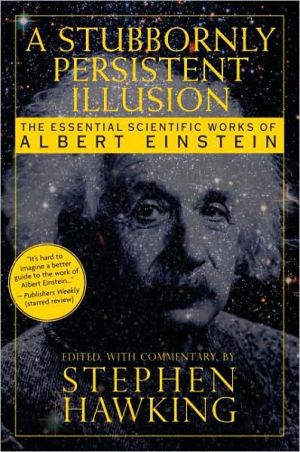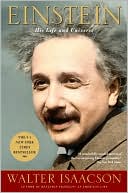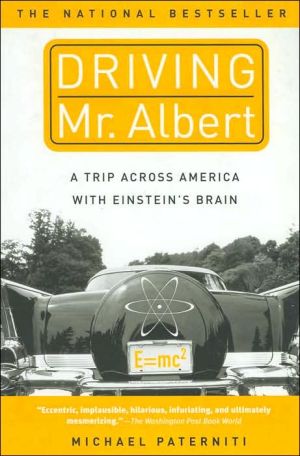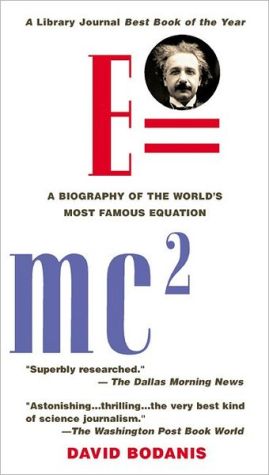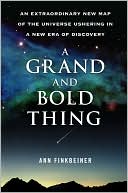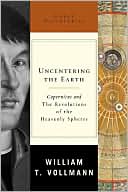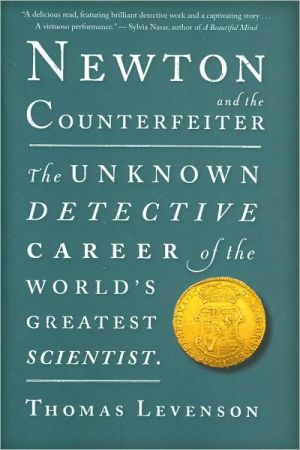A Stubbornly Persistent Illusion: The Essential Scientific Works of Albert Einstein
With commentary by the greatest physicist of our time, Stephen Hawking, this anthology has garnered impressive reviews. PW has called it “a gem of a collection” while New Scientist magazine notes the “thrill of reading Einstein’s own words.” From the writings that revealed the famous Theory of Relativity, to other papers that shook the scientific world of the 20th century, A Stubbornly Persistent Illusion belongs in every science fan’s library.
Search in google:
“People like us, who believe in physics, know that the distinction between past, present, and future is only a stubbornly persistent illusion.”-Albert Einstein Publishers Weekly It's hard to imagine a better guide to the work of Albert Einstein than Hawking, one of the world's most renowned physicists and popular science writers, whose own A Brief History of Timehas sold more than nine million copies. Though there are plenty of popular books about Einstein's theories, Hawking is right when he insists that the "most lucid, not to mention entertaining proponent of Einstein's ideas has always been Einstein himself." Even those with a minimal background in math and science will come away with a keen understanding of the towering genius and his transformative work on the nature of space, time and light. Included are Einstein's seminal papers on special and general relativity, and his 1916 Relativity, the Special and General Theory, which explains the theory in simple, straightforward terms accessible to any high-school graduate with a knowledge of basic algebra. Einstein's pioneering work in modern quantum theory, from his 1905 discovery of photons to his later, critical opinions of the generally accepted quantum theory (in excerpts from his 1950 book, Out of My Later Years), is also considered. Hawking adds a brief but effective introduction to each section, making this gem of a collection really shine. (Dec.)Copyright 2007 Reed Business Information\\
Introduction Stephen Hawking ixThe Principle of Relativity 1Relativity, the Special and General Theory 125Sidelights on Relativity 235Selection from The Meaning of Relativity, "Space and Time in Pre-Relativity Physics" 263Selections from The Evolution of Physics, "Relativity, Field" and "Quanta" 283Autobiographical Notes 337Selections from Out of My Later Years 383Index 457\\
\ From Barnes & NobleStephen Hawking's 1,200-page compendium of Einstein's writings is literally nonpareil: It not only contains Einstein's major scientific works on the theory of relativity, quantum theory, statistical mechanics, and photoelectric effect but also includes philosophical, political, and autobiographical writings. Hawking is, of course, a leading theoretical physicist himself, so he is eminently qualified to select and provide commentary on the theories of this seminal thinker. This is the most extensive Einstein anthology on the market.\\\ \ \ \ \ Publishers WeeklyIt's hard to imagine a better guide to the work of Albert Einstein than Hawking, one of the world's most renowned physicists and popular science writers, whose own A Brief History of Timehas sold more than nine million copies. Though there are plenty of popular books about Einstein's theories, Hawking is right when he insists that the "most lucid, not to mention entertaining proponent of Einstein's ideas has always been Einstein himself." Even those with a minimal background in math and science will come away with a keen understanding of the towering genius and his transformative work on the nature of space, time and light. Included are Einstein's seminal papers on special and general relativity, and his 1916 Relativity, the Special and General Theory, which explains the theory in simple, straightforward terms accessible to any high-school graduate with a knowledge of basic algebra. Einstein's pioneering work in modern quantum theory, from his 1905 discovery of photons to his later, critical opinions of the generally accepted quantum theory (in excerpts from his 1950 book, Out of My Later Years), is also considered. Hawking adds a brief but effective introduction to each section, making this gem of a collection really shine. (Dec.)\ Copyright 2007 Reed Business Information\\\ \
